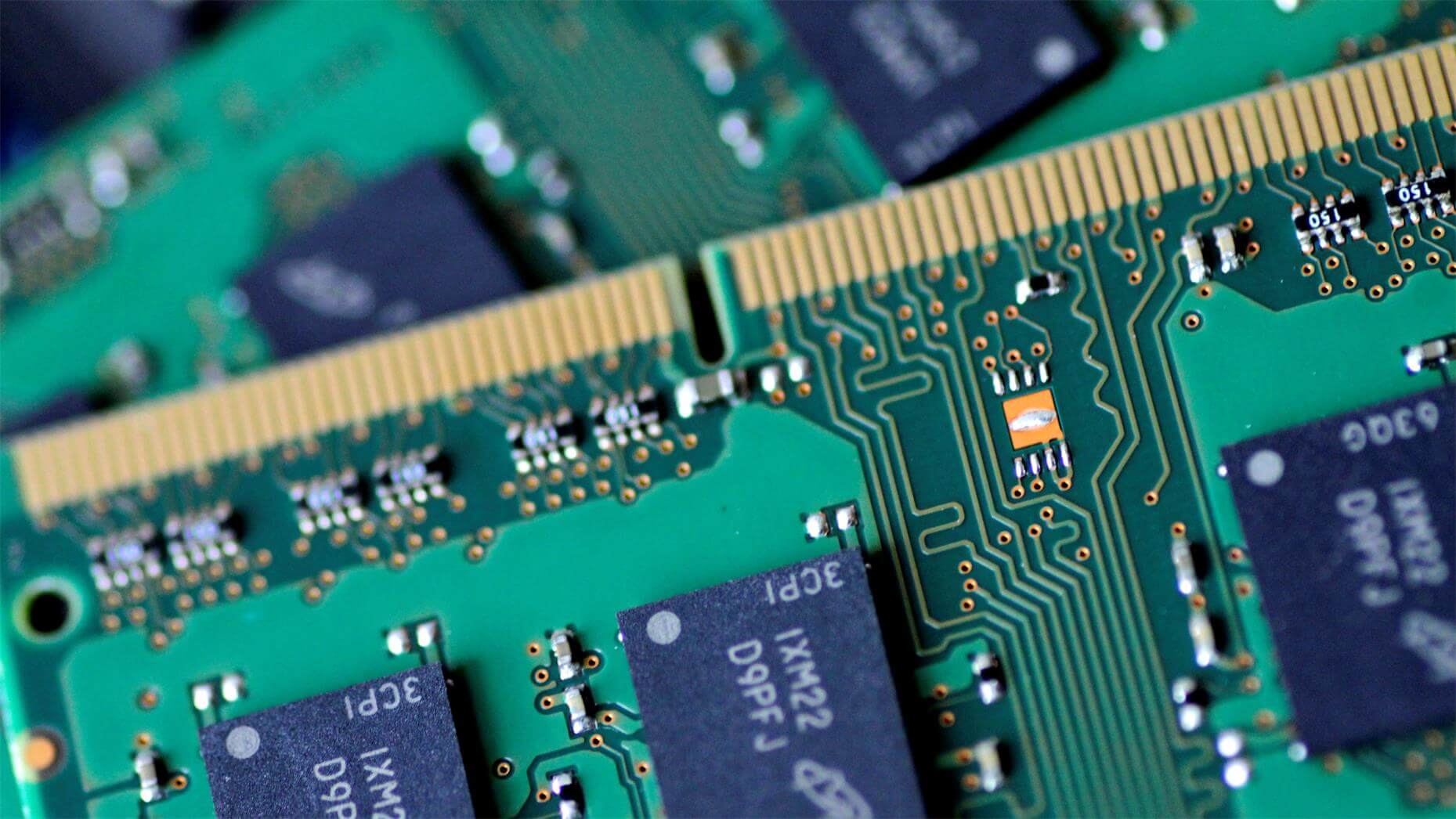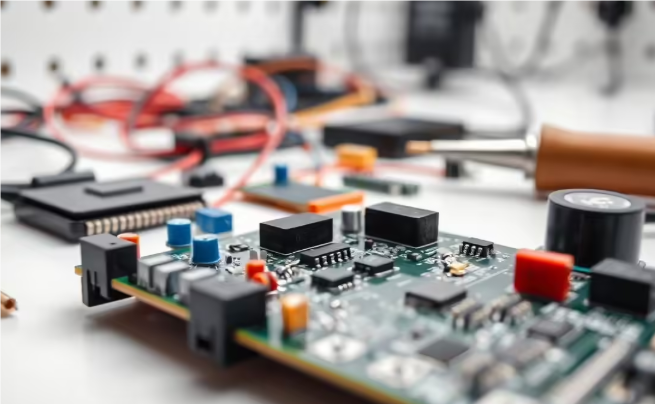According to a recent report by analysts at Rosenblatt Securities, Intel's bottleneck in semiconductor manufacturing is not just a 10 nanometer node delay, and it takes a lot of time to solve this problem as it will cause Intel's process to be delayed by 5-7 years than the industry's latest process.
Raymond James analysts also reported that Intel's biggest problem is the delay of the 10nm process, so it is expected that Intel will not launch any 10nm server processors in the next two years. In addition, the delay of the 10nm process will extend its distance from competitors.
The report emphasizes that when Intel encounters problems in the process, its competitor TSMC has maintained its leading position in more advanced processes. TSMC produced a 7-nanometer process in 2018. For example, Apple's A12 and HiSilicon's Kirin 980 processor are produced by TSMC's 7-nanometer process. In addition to mobile processors, AMD's 7nm process CPUs and GPUs will also use TSMC's 7nm HPC high-performance process, which is expected to be mass-produced in 2019.
According to Intel, its 10nm process is the same as TSMC's 7nm process in efficiency, but it will not be mass-produced until 2020, and Intel's 7nm process investment is still unknown. However, TSMC and Samsung have planned the development of 5nm and 3nm processes.
Among them, TSMC's 5nm process investment exceeds 25 billion US dollars, it is expected to start trial production in 2019 and mass production in 2020. The 3nm process plans to invest about 20 billion US dollars, it will start construction in 2020 and complete equipment installation in 2021, the mass production is expected from the end of 2022 to the beginning of 2023.
Therefore, although TSMC and Samsung still have some uncertainties in the 5nm and 3nm process technologies, both companies have already announced their future development plans. In contrast, Intel still has no relevant information on more advanced processes, including fab upgrades and expansion plans, so it will take a long time for Intel to recover from the backward gap.












All Comments (0)